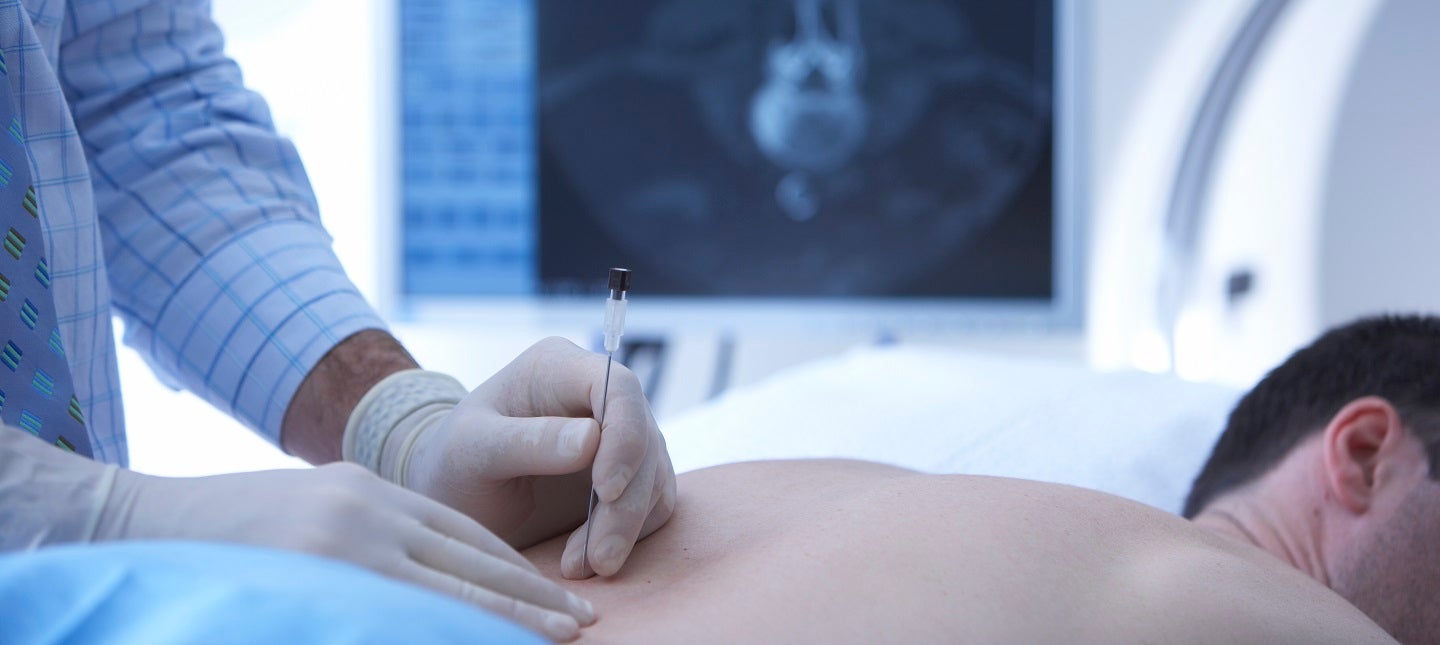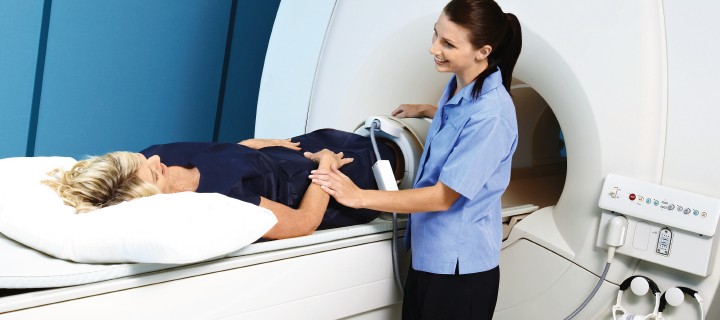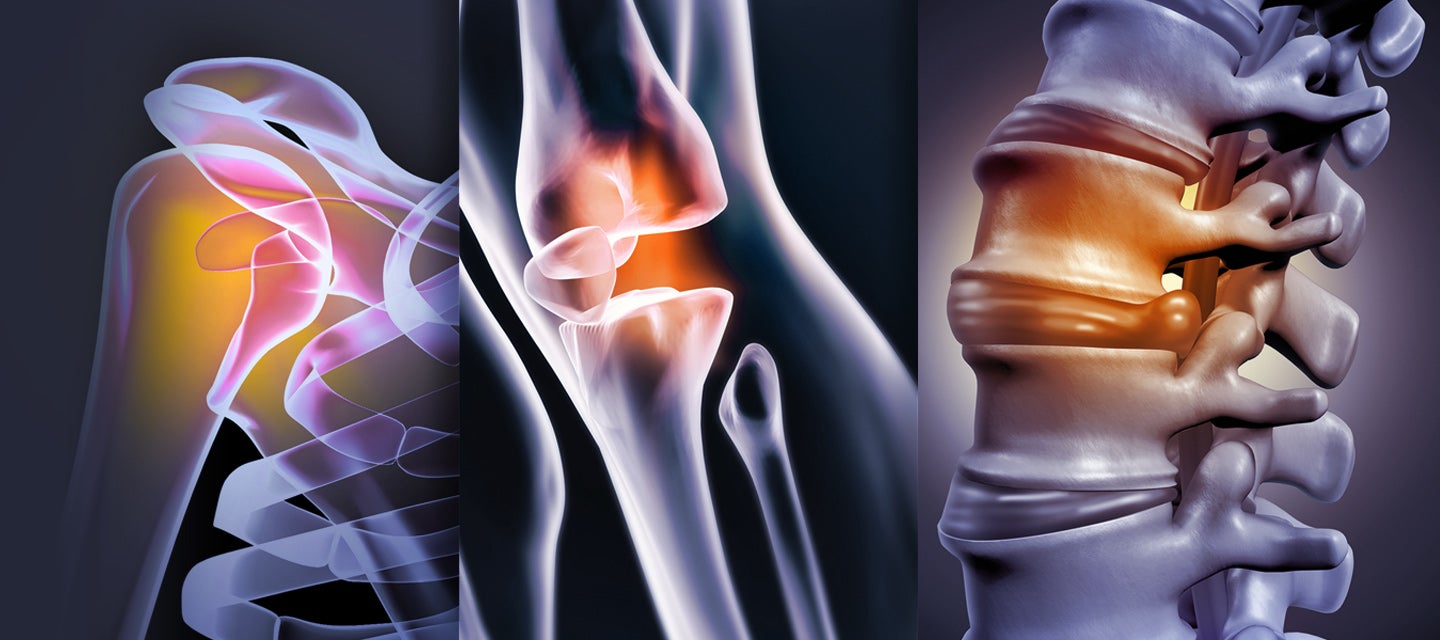Affecting 1 in 3 Australians...
Musculoskeletal injuries and complaints are common presentations in general practice. One in three people in Australia have some form of MSK condition, while four million suffer from chronic back pain, due to problems with the joints, connective tissue, muscles or nerves of the back.

Foot and ankle pain
Foot pain affects almost 1 in 5 people in the community and often results in attendance at general practice for investigation and treatment. The foot and ankle are complex structures, commonly injured as a result of sport, age, obesity and various medical conditions.

Back pain
Back pain is a condition that general practitioners confront in their patients almost daily. According to the Australian Bureau of Statistics, about 4.0 million people or 1 in 6 Australians (16%) had back problems in 2017–18. Pain “at least moderately” interfered with daily activities for almost 2 in 5 people with back problems. Diagnosis and management of back pain is therefore an ongoing a priority in the primary care setting

Knee injuries
The knee joint is one of the largest and most complex joints in the body, and is also the most commonly injured joint, with patients presenting with acute or chronic knee pain. The overall prevalence of knee pain in the population is approximately 19%. The incidence increases steadily with age. Furthermore, the incidence and severity of knee pain increases consistently with age. There is also the possibility of referred pain from the hip, femur, or spine…

Shoulder complaints
With its wide range of motion, the shoulder is the most mobile joint in the body – and also the most unstable. Common injuries to the shoulder include shoulder instability, rotator cuff tear, labral tears, inflammation of the shoulder capsule ( synovitis, adhesive capsulitis, bursitis) , dislocation, osteoarthritis, strains and overuse. Problems with the joints of the neck and upper back can also lead to shoulder pain, along with referred pain from problems of the heart, abdomen or lungs. Imaging for shoulder investigations include x-ray, ultrasound, CT and MRI.

Hip pain
Hip pain can present a myriad of conditions, from osteoarthritis to trochanteric bursitis, femoroacetabular impingement, and gluteal tendinosis. Investigating hip pain in adults through diagnostic imaging poses a significant challenge for medical practitioners and can result in substantial burden on our healthcare system. Watch the recording, 'Mastering imaging investigations for hip pain in adults' to hear from two of I-MED Radiology’s MSK radiologists, Dr Dina Hikmat and Dr Stephen Repse. Together they dive into the complexities of hip pain management, offering valuable insights on diagnostic imaging best practice.

Pain management
I-MED Radiology have many specialist radiologists with expertise in interventional radiology. In the musculoskeletal setting, interventional radiology is a minimally-invasive procedure to reduce inflammation and relieve pain. The radiologist utilises image-guided techniques (mostly CT and ultrasound) to guide injections of corticosteroids, local anaesthetic or platelets into and around joints, inflamed tendons and nerves. Continuing advances in technology mean the range of conditions that can be treated by interventional radiology is continuing to expand.
Where does it hurt? Musculoskeletal tri-series
I-MED Radiology's 2021 webinar tri-series on musculoskeletal imaging was hosted by some of our pre-eminent experts in musculoskeletal radiology. Together they discuss the latest developments in diagnosis and pain management of common musculoskeletal complaints in general practice.

'Which scan do I request?'



